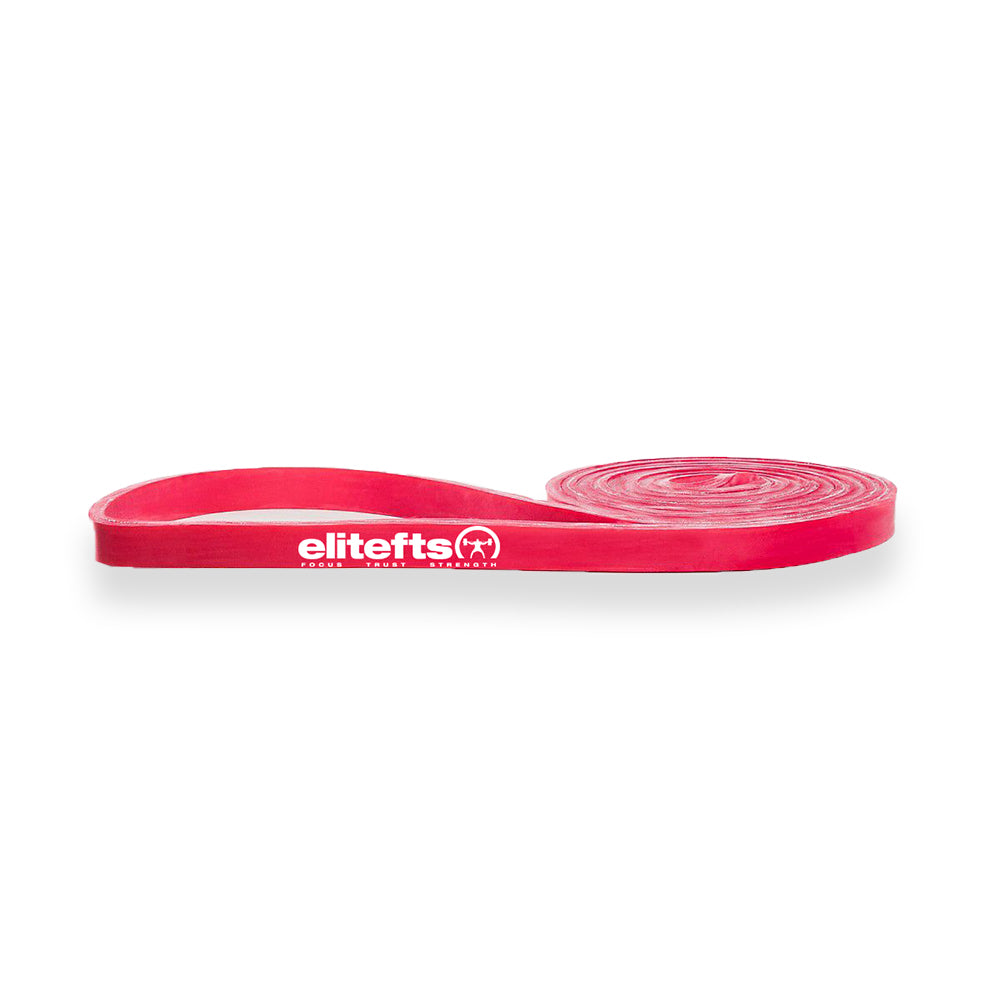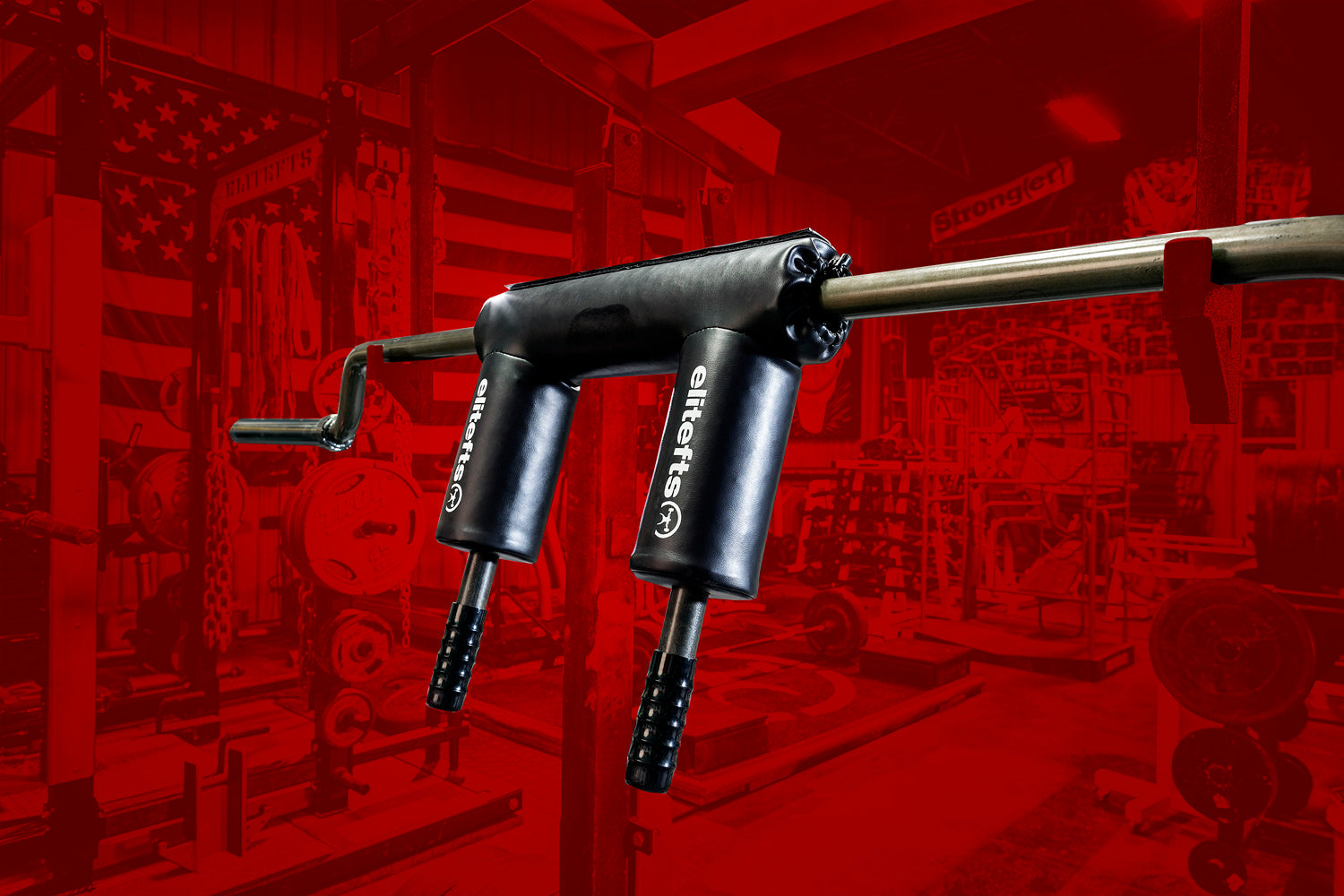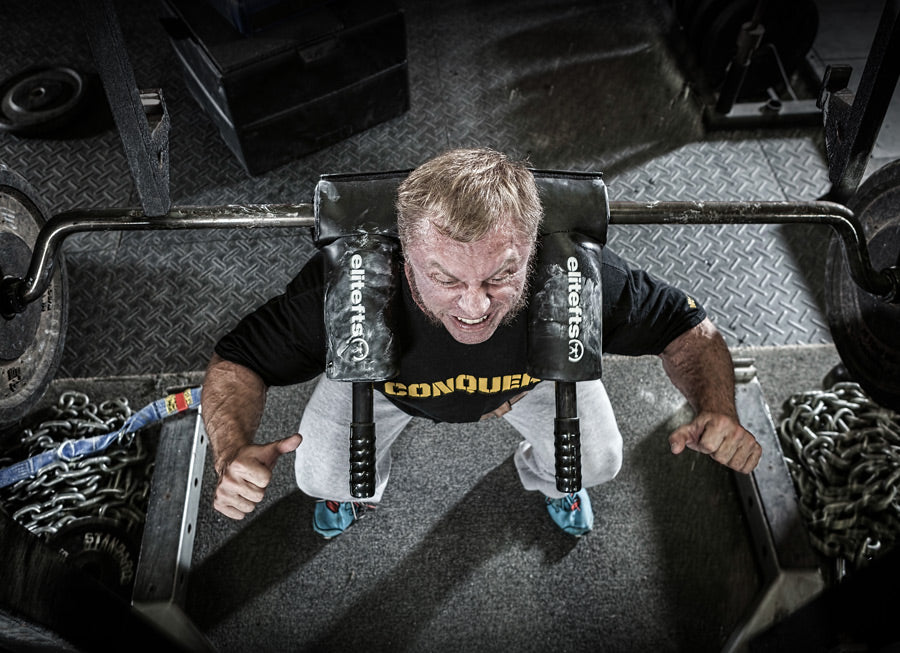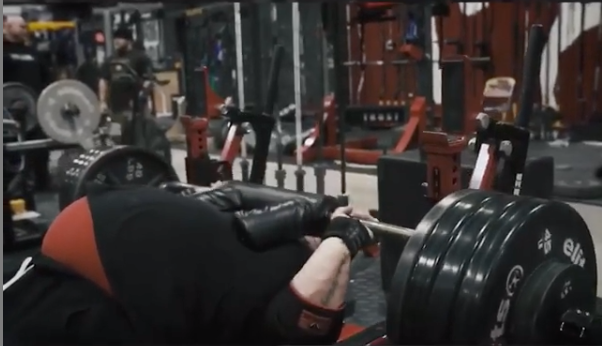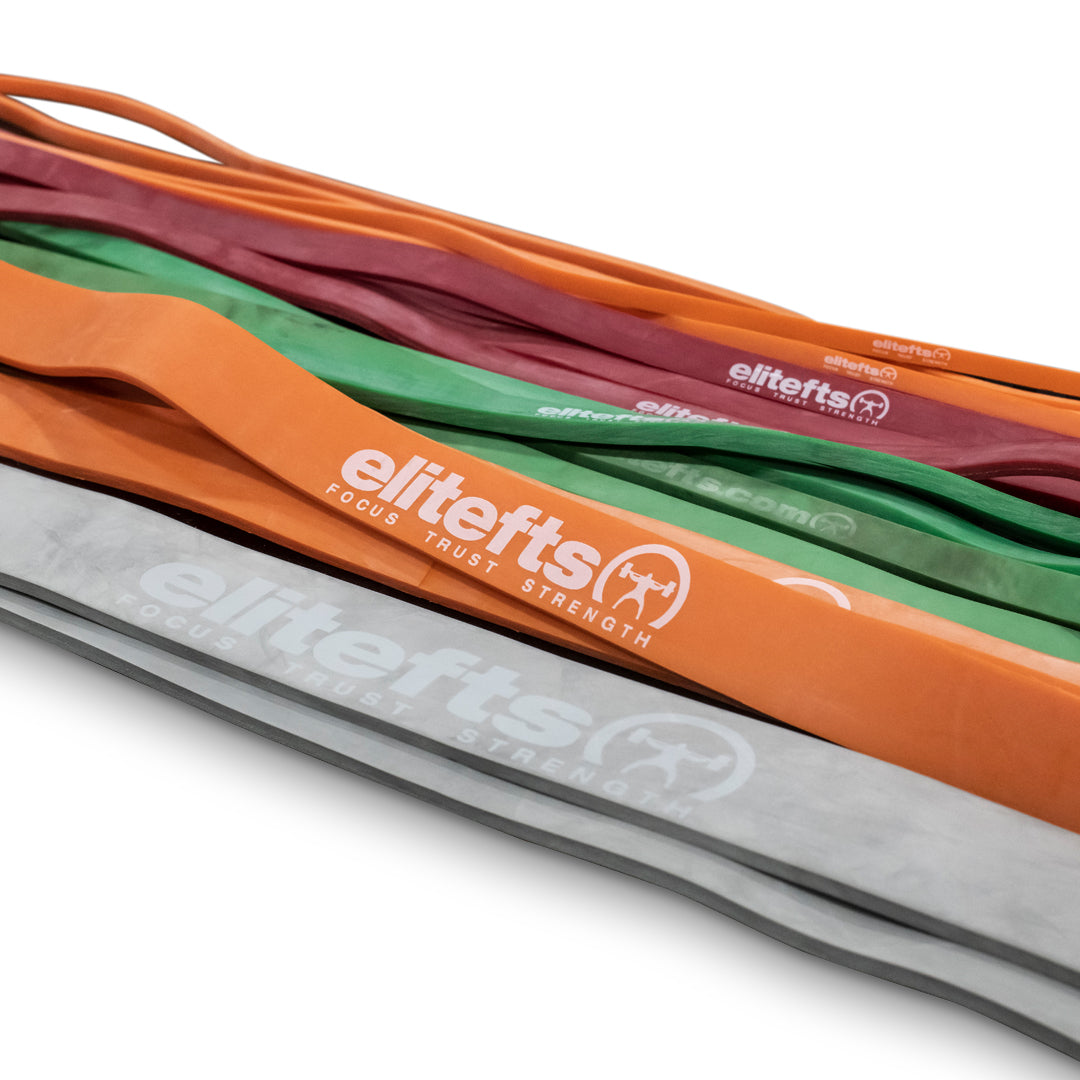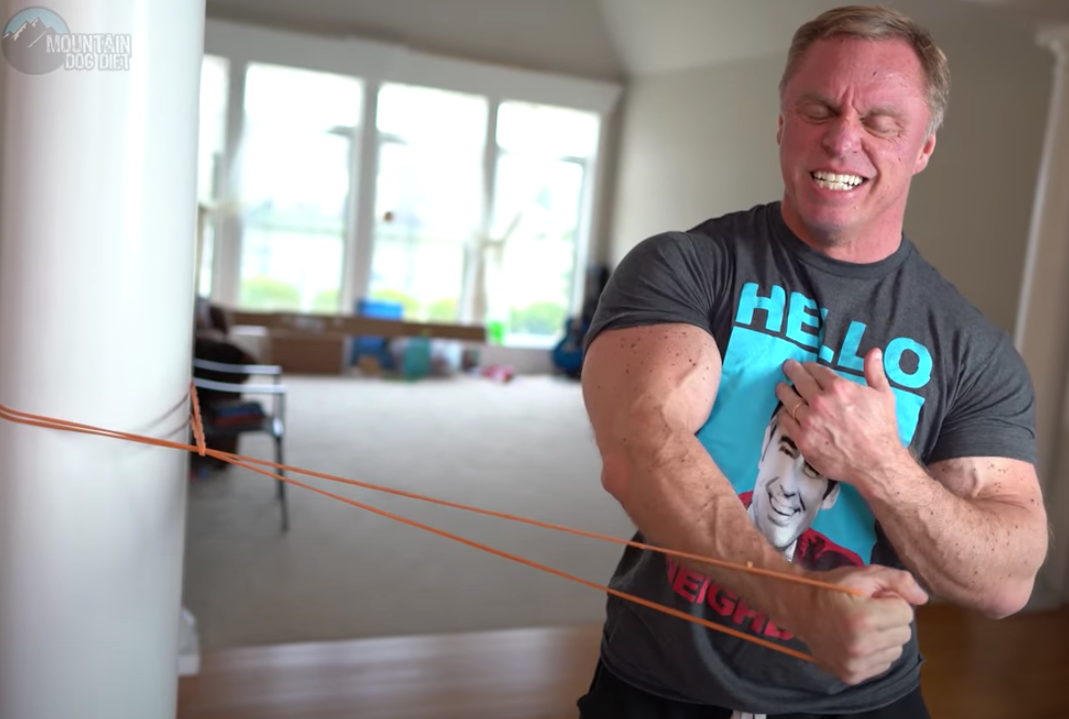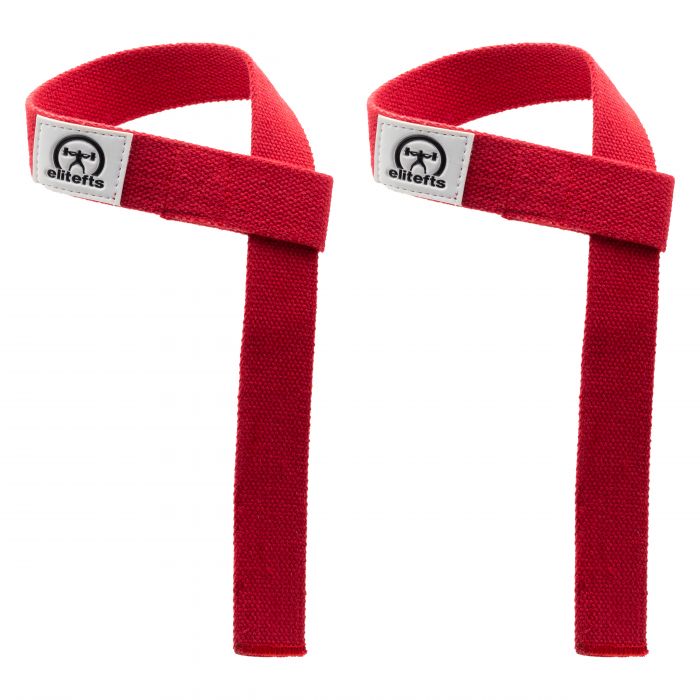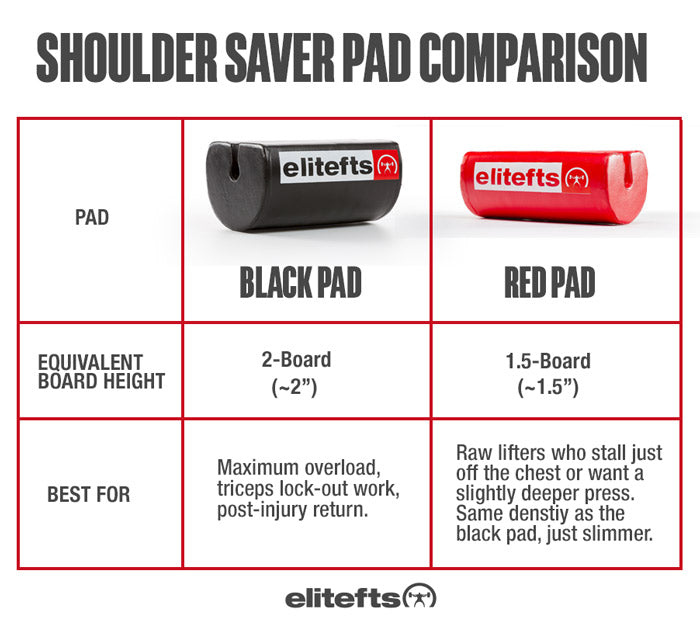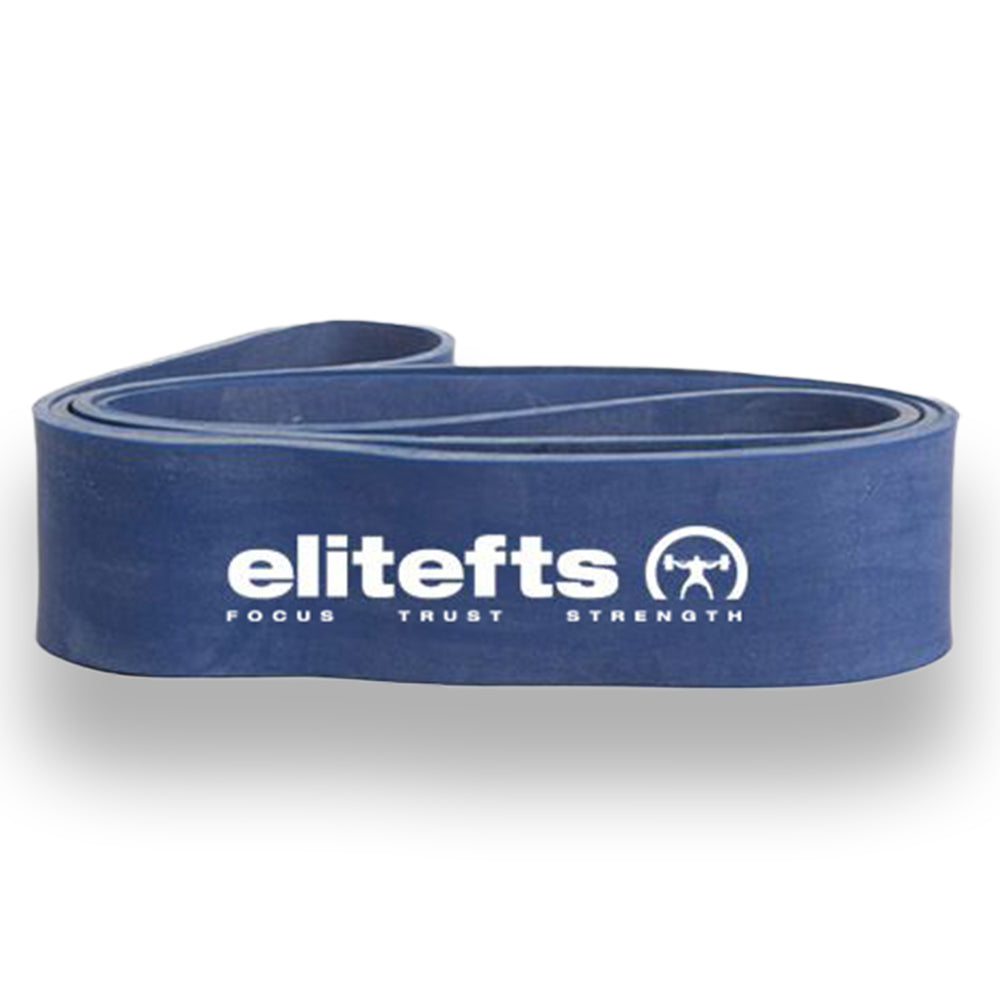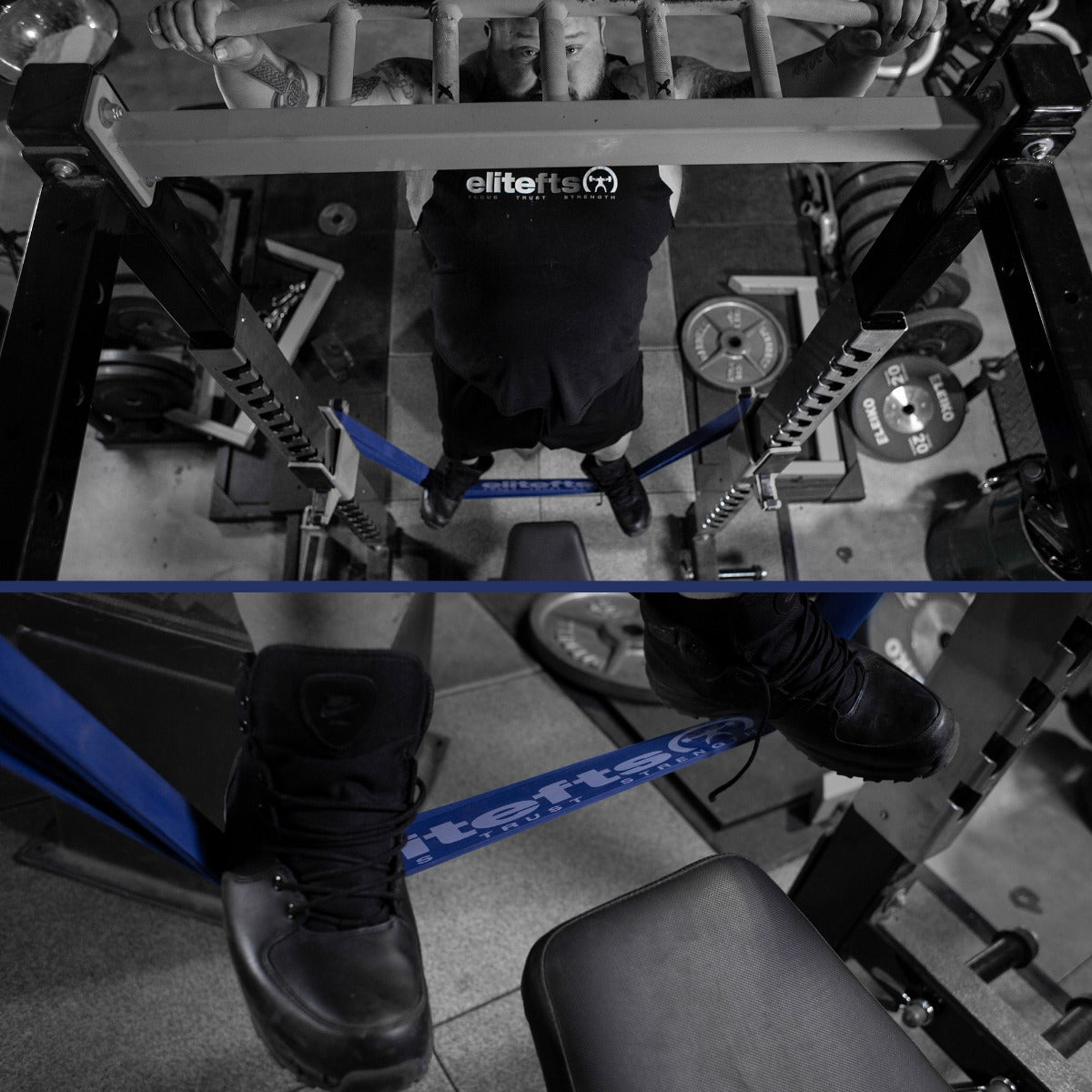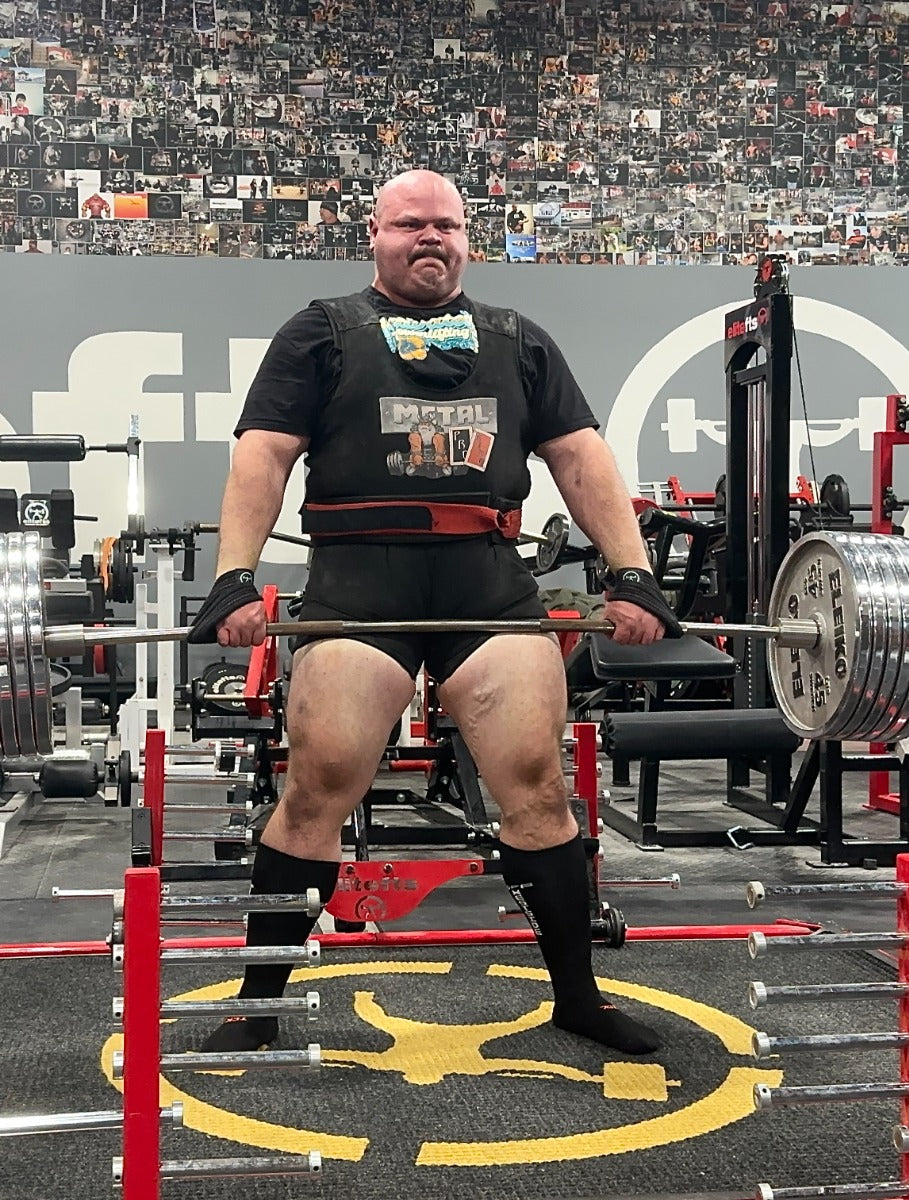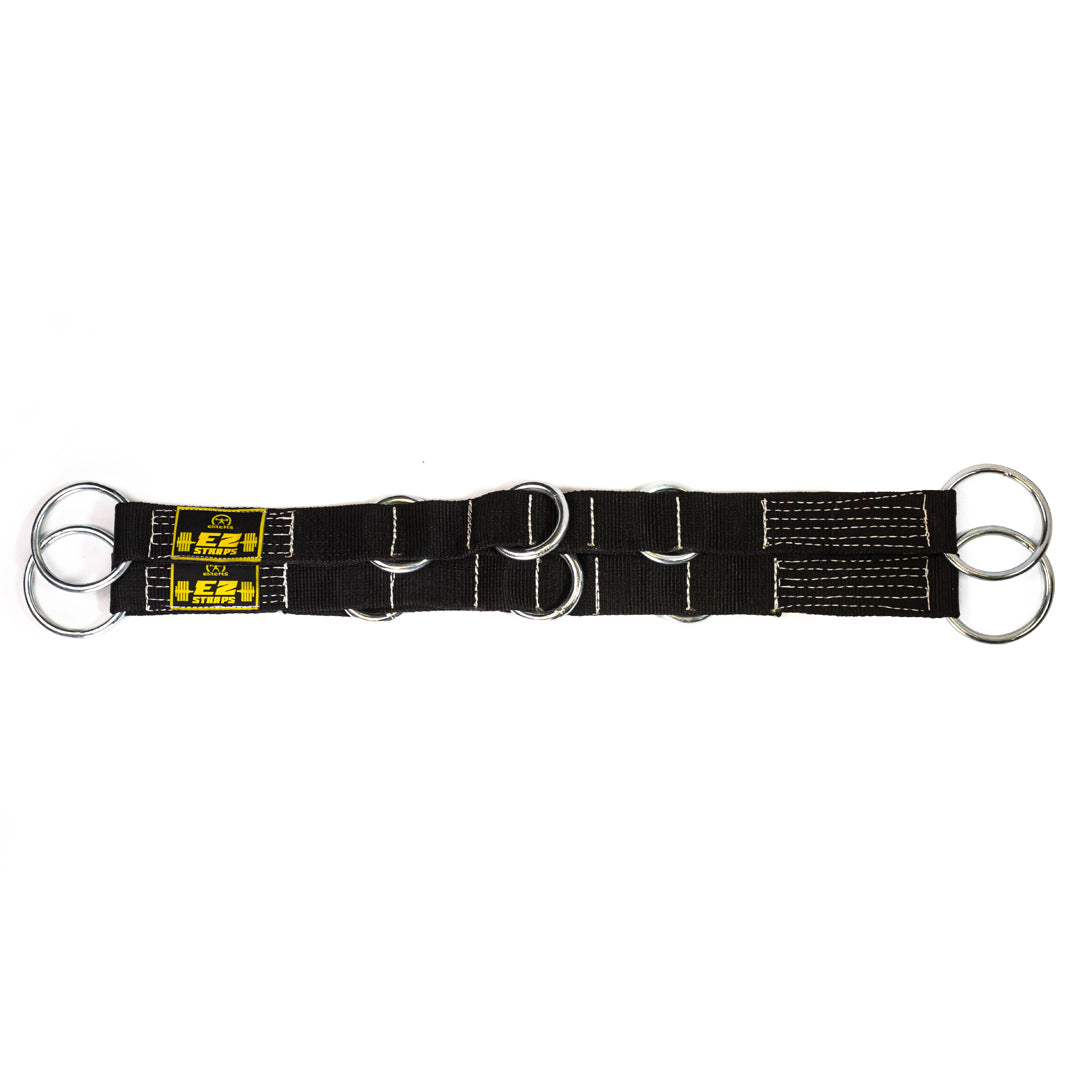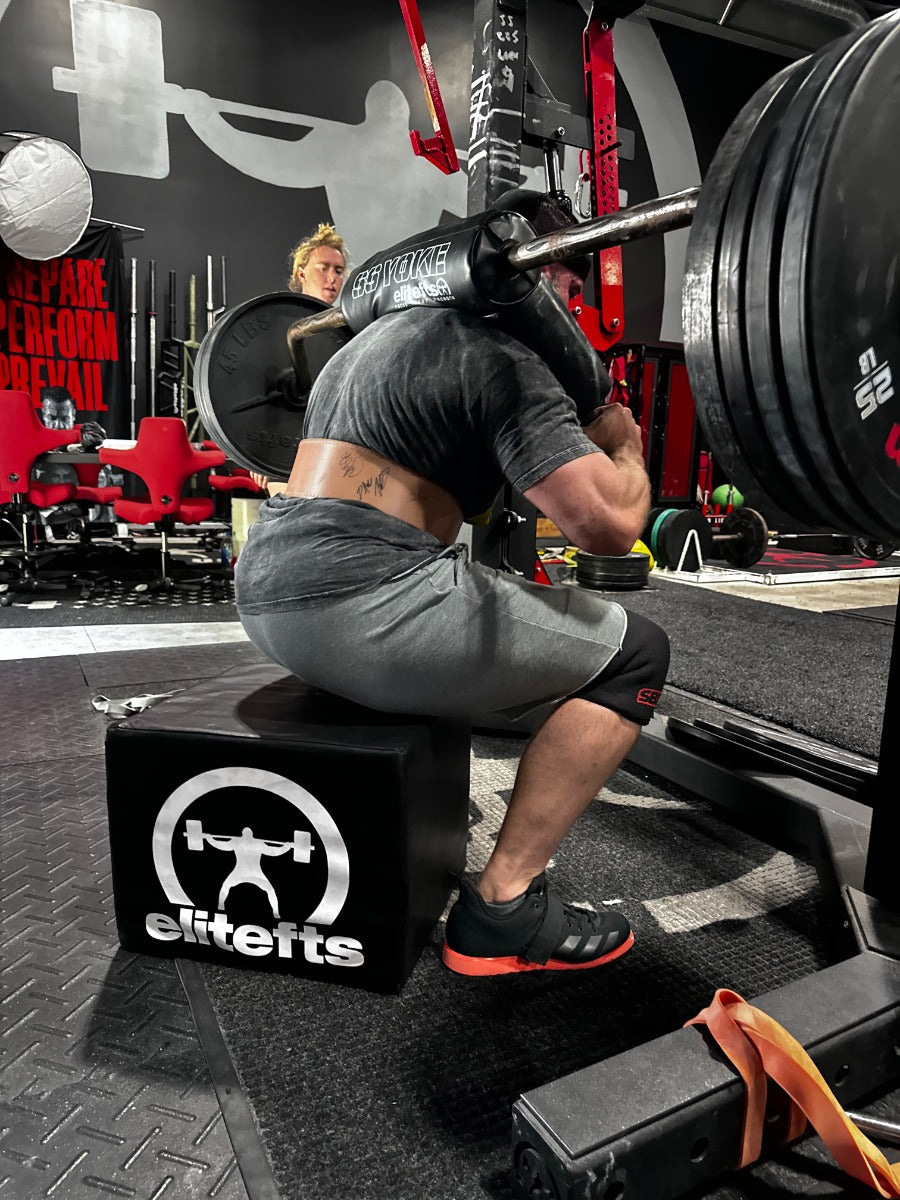For the past three months, I've been working with my coach, Taylor Gohn, to optimize programming for strength, hypertrophy, and mobility. We'll be sharing our findings at the Kabuki Education Seminar in February, but I wanted to share one of our favorite novel strategies here first. That's an alternative method of autoregulation for judging strength potential, and we're describing it using the equation V+E = SP (or even the VESP method, if you like). Here's how it works.
What Is Strength Potential?
During my brief bodybuilding break, I really struggled with the idea of not hitting PRs on the big lifts. Of course, when you're embarking on a new training regimen, especially one with a high volume and frequency of isolation exercises, setting any sort of PR on a regular basis isn't realistic. This was purely a mental struggle. Taylor explained to me that the bodybuilding work was instead increasing my strength potential. In other words, when I returned to powerlifting, he promised, I'd be able with relatively little effort to exceed all of my previous all-time bests. You can think of strength potential in terms of building a base, offseason gains, or any similar sort of idea -- they all get to the same point. However, measuring strength potential can be difficult, given that it is a somewhat vague concept. Our eventual solution became the V+E = SP equation.Problems with the Traditional Autoregulation Methods
Traditional rate of perceived exertion metrics are either equivalent or similar to reps-in-reserve measurements, the two most common methods of autoregulation in modern powerlifting. Autoregulation using either the RPE or RIR method calls for a lifter to subjectively assess how many more reps he or she could have performed during a set. Unfortunately, in practice, I've found this very difficult to judge. It works well for calm, methodical lifters, but for those who like to get hyped up, blare metal, and snort ammonia, not so much. In my experience, if you're focusing all of your mental energy into the lift, you can't also determine how many reps left you have in a set, or sometimes even how hard you're actually pushing. Using stimulants and PEDs also can interfere with a "good" RPE evaluation using the standard method. Another somewhat less popular method of autoregulation requires the use of velocity trackers, which I have found to be inconsistent, expensive, and annoying to set up and use. So, again, Taylor and I found the need for a slightly different autoregulation method.Benefits of The V+E=SP Equation
Here's where V+E = SP comes in. In our equation, the "V" stands for velocity, judged using either a velocity tracker or simply watching a video of the completed lift on a phone or camera. The "E" stands for effort, which is the only completely subjective data point used in the equation. Judging effort requires the lifter to answer one question: Does the weight feel heavy or light? That's then combined with an objective analysis of bar speed (as described above). Having both those numbers, you can use this scale: @7 = feels light (low E), moves fast (high V)@8 = feels heavy (high E), moves fast (high V)
@9 = feels heavy (high E), moves slow (low V)
@10 = lift was completed, but some control was lost
Another benefit of this method: you'll very rarely miss lifts. "Overreaching" simply means the bar moves slower than you might have liked, or perhaps your technique wasn't flawless. That helps avoid the mental repercussions associated with failure.








